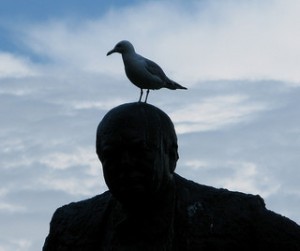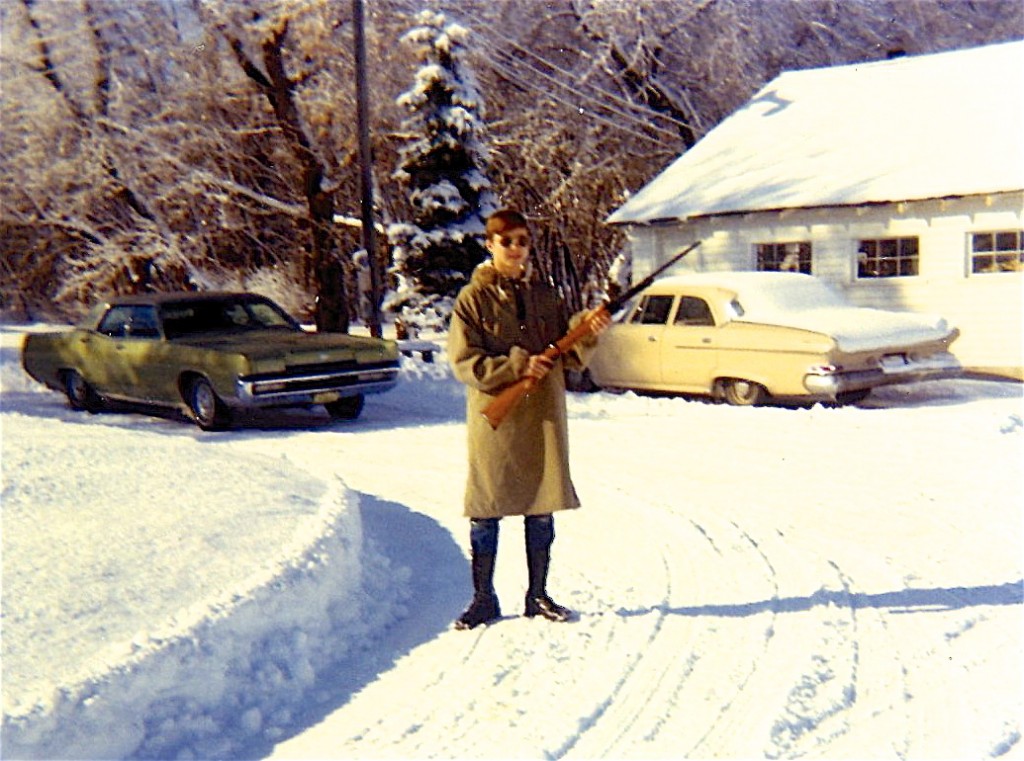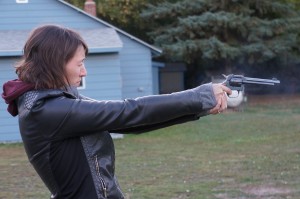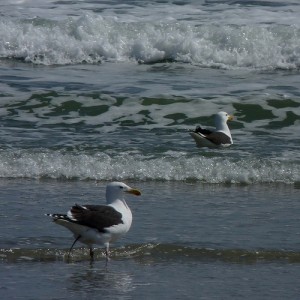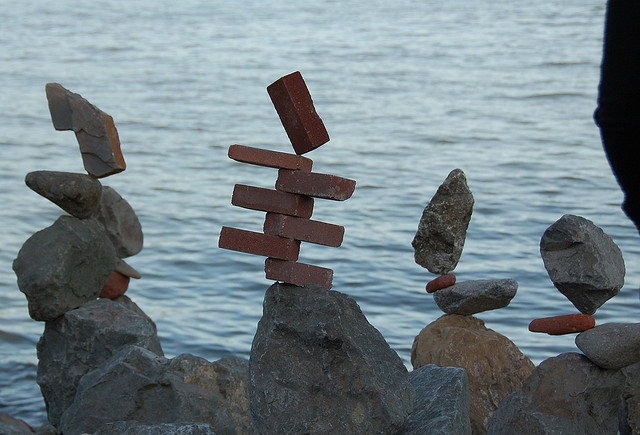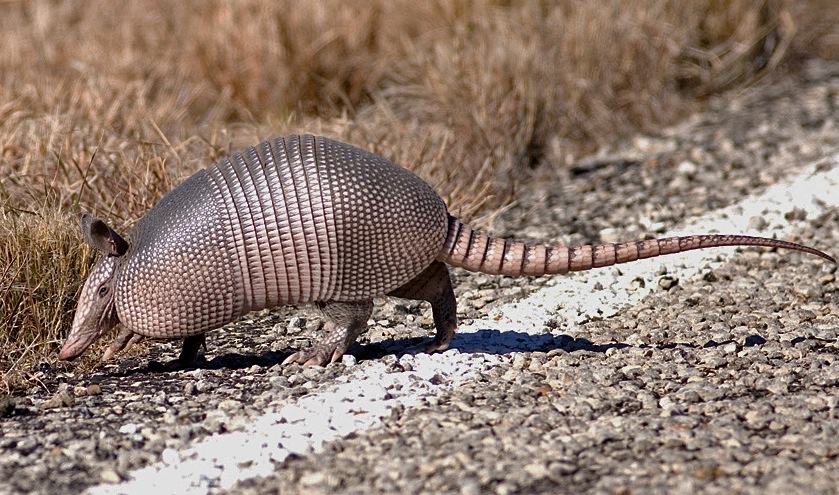 Scientists aren’t very good at telling stories.
Scientists aren’t very good at telling stories.
That’s a generalization, but true. I’m constantly cajoling scientists to tell me the story — hell, any story, any anecdote, any remotely narrative nugget — of their work. More scientists than you’d expect are good at simplifying a complicated technology or theory into layman’s terms. And many are good, sometimes too good, at distilling years of research into a few “bottom line” bullet points. But the scientist who tells a real story — where people do things in some kind of compelling sequence and ultimately arrive at something new — is rare.
So rare that last week I paid $10.70 to hear a few at an event called The Story Collider. Every month, half a dozen people take the stage in the basement of a popular Brooklyn bar. Each gets 10 to 15 minutes to entertain a packed audience of 120 beer-drinking hipsters with a tale of science. Story Collider’s mission is to demonstrate that science affects all of us, every day, and most of the performers aren’t scientists. But some are, and their stories don’t disappoint.
Last week, for example, evolutionary biologist Diane Kelly told us about her research on armadillo penises. In the early ’90s, as a graduate student at Duke University, in North Carolina, she wanted to study how penises work. (Erectile tissue has pretty unusual mechanical properties, after all.) But Kelly, a lifelong animal lover, hated the idea of killing animals for her project. She nearly fainted once when attempting to demonstrate how to euthanize a frog. So her clever, if extreme solution was to temporarily move to a place (Florida) that had a bounty of big-penis roadkill (armadillos).
Kelly’s tale was full of surprising twists and turns, culminating with a policeman and a bloody crotch. But its essence was about how she came to terms with the cold fact that her work would require some animals to die. Take a listen:
Continue reading
